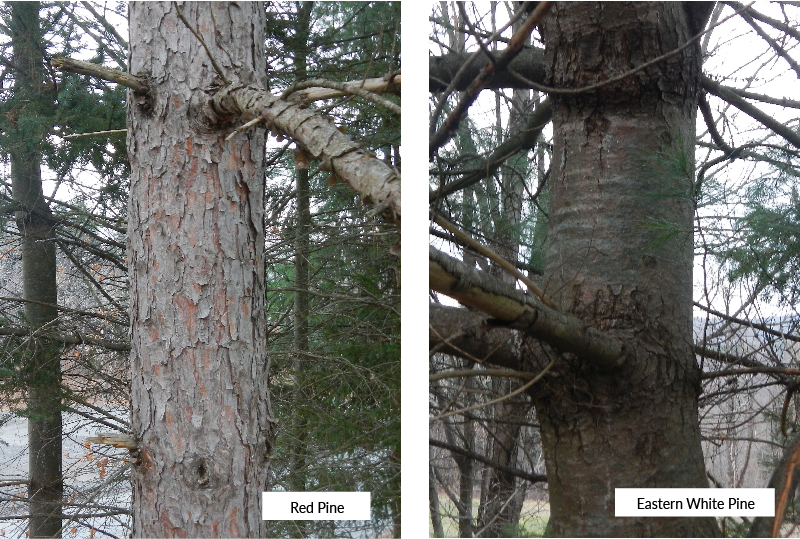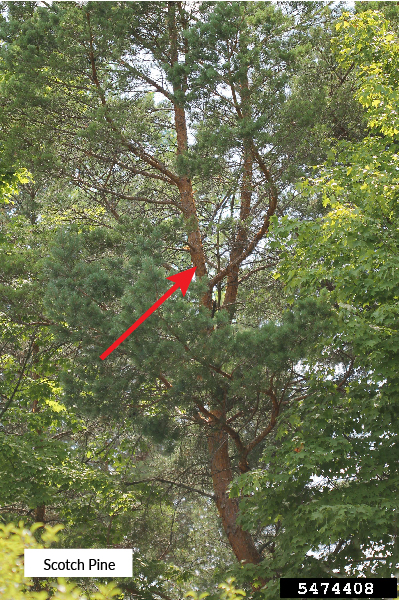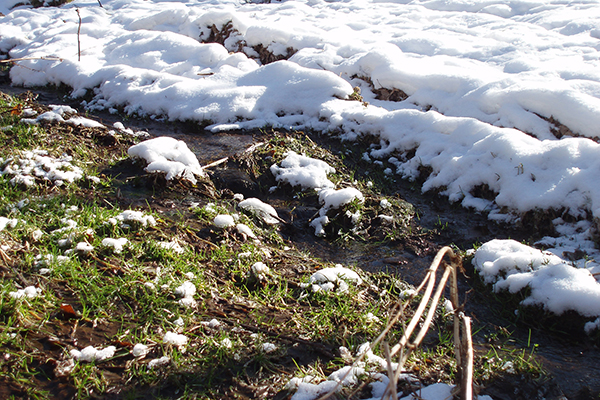It’s a cold January morning, and leaves are a distant memory. Or are they? Just because the cold has made the hardwood leaves drop (and larch needles, our only deciduous conifers!) doesn’t mean we can’t sharpen our tree ID skills. Winter is a great time to focus on evergreens like pines, hemlocks, spruces, and cedars.
It’s a cold January morning, and leaves are a distant memory. Or are they? Just because the cold has made the hardwood leaves drop (and larch needles, our only deciduous conifers!) doesn’t mean we can’t sharpen our tree ID skills. Winter is a great time to focus on evergreens like pines, hemlocks, spruces, and cedars. In this edition of Look-Alike Leaves, we’ll explore how to tell the difference between three common pine trees in northern US woodlands: red pine (Pinus resinosa), eastern white pine (Pinus strobus), and Scotch (aka Scots) pine (Pinus sylvestris).

Red and white pine needles might look similar at first, but if you can count, you can tell the difference. Red pines have 2 needles per bundle on the twig. By contrast, eastern white pines have 5. In fact, eastern white pine is the only native pine east of the Mississippi with 5-needle clusters, so if you see those, you know you have an eastern white.
There are some other clues to these two species if the needles are too high up to count how many are on a bunch. White pine crowns are full, soft, and fluffy when viewed from a distance. Red pine crowns tend to be sparse and rough, especially if they’re close together. Red pine bark is also uniformly reddish-brown and flaky, while white pine’s bark changes from dark brown and blocky at the bottom to smooth gray farther up the tree.

A third pine, Scotch pine, is commonly mistaken for red pine, because the two have similar bark at their bases. The trick for these two is to look up. While red pine bark stays consistent, Scotch pine bark changes to a flaky, bright orange at the top, making it easy to identify even at highway speeds.

Photo credit: Rob Routledge, Sault College, Bugwood.org





